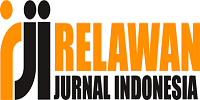Interactive media in Islamic education: Enhancing engagement amid infrastructure challenges at Muhammadiyah 12 Senior High School Jakarta
DOI:
https://doi.org/10.46963/asatiza.v6i2.2645Keywords:
Interactive Media, Islamic Education, Digital Pedagogy, Student Engagement, TPACKAbstract
This study examines the effects of interactive media (PowerPoint, YouTube, Kahoot, Canva) on student engagement and learning outcomes in Islamic Religious Education (PAI) at Muhammadiyah 12 Senior High School, Jakarta. Employing a qualitative descriptive method, data were collected via semi-structured interviews with two teachers and four students, supplemented by document analysis. Results indicate that 83% of students exhibited heightened motivation and comprehension, particularly through videos and gamification, aligning with the TPACK framework. However, 67% encountered technical barriers (e.g., unstable Wi-Fi, limited data quotas), while teachers noted infrastructural and digital literacy constraints. The study highlights the potential of multimedia to clarify abstract concepts and promote student-centered learning, contingent on addressing technical gaps. Recommendations include institutional investments in Wi-Fi infrastructure, device provision, and teacher training, in line with Indonesia’s Merdeka Belajar policy. It calls for standardized PAI digital resources and digital pedagogy integration in teacher certification. Future research should explore scalability across rural-urban contexts.
Downloads
References
Aprilia, N. F., Rozani, M., Firdaus, Z., Siddiq, A. B., & Rizquna, A. O. (2024). The Use of Sevima Edlink as Online Learning Media for Teaching and Learning Arabic in The Arabic Languange Education Study Program Institut Agama Islam Badrus Sholeh Kediri. International Conference on Islamic Education and Islamic Business (ICoBEI), 1(1), 370–377. https://journal.uir.ac.id/index.php/icobei/article/view/21435
Apriyani, H., Yanti, Y., Muzzeki, M., Ajir, I. C., Anwar, C., Anwar, S., & Dacholfany, M. I. (2025). Strategi manajemen guru PAI dalam menghadapi transformasi digital: Tantangan dan sistem pendidikan Islam di Indonesia. DIMAR: Jurnal Pendidikan Islam, 6(2), 183–187. https://doi.org/10.58577/dimar.v6i2.395
Arofaturrohman, Y. A., Sumardi, S., & Muhibbin, A. (2023). Evaluasi kesiapan guru terhadap implementasi kurikulum merdeka. Innovative: Journal of Social Science Research, 3, 10249–10257. https://j-innovative.org/index.php/Innovative/article/view/3369
Azza, F., Djamilah, W. I. F. (2024). Effectiveness of interactive learning media based on articulate storyline in overcoming challenges in Arabic language learning. Tarling: Journal of Language Education, 8(2), 283–298. https://doi.org/10.24090/tarling.v8i2.12472
Fadhilah, R. U., Adibah, I. Z., & Matori, M. (2025). Digital innovation in Islamic religious education learning: A study of flipbook implementation. Ta’dib: Jurnal Pendidikan Islam, 30(1). https://doi.org/10.19109/td.v30i1.27235
Fadli, M., Hanum, L., Amri, K., & Rusli, R. (2024). Barriers and strategies: Analysis of the implementation of independent learning independent campus (MBKM) at PTKI in Aceh. QALAMUNA: Jurnal Pendidikan, Sosial, dan Agama, 16(2), 1101–1114. https://doi.org/10.37680/qalamuna.v16i2.5730
Faiz, A., & Purwati, P. (2022). Peran guru dalam pendidikan moral dan karakter. Journal Education and Development, 10(2), 315–318. https://doi.org/10.37081/ed.v10i2.3671
Fonseca, I., Martins, N. C., & Lopes, F. (2024). Exploring interactive tools for education and online assessment: a comparative analysis. 2024 21st International Conference on Information Technology Based Higher Education and Training (ITHET), 1–6. https://doi.org/10.1109/ITHET61869.2024.10837627
Fuadani, M. M. Z. P., Chotib, M., Muhith, A., & Tamami, B. (2025). The effectiveness of Islamic education learning through interactive approaches for generation z students. Islamic Management: Jurnal Manajemen Pendidikan Islam, 8(01), 93–106. https://doi.org/10.30868/im.v8i01.7789
Haniko, P., Mayliza, R., Lubis, S., Sappaile, B. I., & Hanim, S. A., & Farlina, B. F. (2023). Pemanfaatan media pembelajaran online untuk memudahkan guru dalam penyampaian materi dalam pembelajaran. Community Development Journal, 4(2), 2862–2868. https://journal.universitaspahlawan.ac.id/cdj/article/view/14856
Huang, Y., Lin, M., & Liu, X. (2024). Digital media and interactive E-learning application in art teaching process based on big data platform. Entertainment Computing, 51, 100737. https://doi.org/10.1016/j.entcom.2024.100737
Jafar, A. F. (2021). Penerapan Metode Pembelajaran Konvensional Terhadap Hasil Belajar Fisika Peserta Didik. Al Asma : Journal of Islamic Education, 3(2), 190-199. https://doi.org/10.24252/asma.v3i2.23748
Kharismatunisa, I. (2023). Innovation and creativity of Islamic religious education teachers in utilizing digital-based learning media. Scaffolding: Jurnal Pendidikan Islam dan Multikulturalisme, 5(3), 519–538. https://doi.org/10.37680/scaffolding.v5i3.3700
Koehler, M., & Mishra, P., & Cain, W. (2017). What is technological pedagogical content knowledge (TPACK)?. Journal of Education, 193(3), 13–19. https://doi.org/10.1177/002205741319300303
Küper, P. (2024). Exploring the Utility and Efficacy of Fiete. ai for Feedback on Written Texts in the EFL Classroom. http://dx.doi.org/10.13140/RG.2.2.33126.23367
Mayer, R. E. (2017). Using multimedia for e‐learning. JCAL: Journal of Computer Assisted Learning, 33(5), 403–423. https://doi.org/10.1111/jcal.12197
Mintasih, D., Sukiman, S., & Purnama, S. (2024). Integration of digital technology in islamic religious education learning: A qualitative study on teachers’ competence and implementation models in secondary schools. Jurnal Pendidikan Islam, 13(1), 85–96. https://doi.org/10.14421/jpi.2024.131.85-96
Mustapa, K., Gagaramusu, Y. B. M., Palandi, E. H., Syakhrani, A. W., & Towpek, H. (2023). Technology-enhanced education: Nurturing the digital generation-experiences in Islamic schools in Indonesia. International Journal of Teaching and Learning, 1(1), 16–40. https://injotel.org/index.php/12/article/view/2
Prasetia, S. A., Khalidiyah, T., & Arif, S. (2021). Technological pedagogical content knowledge: a new pedagogical approach in Islamic education in the pandemic era. Al-Tadzkiyyah: Jurnal Pendidikan Islam, 12(2), 291–317. https://doi.org/10.24042/atjpi.v12i2.9390
Rahmanto, M. A., Bunyamin, B., & Noviyanti, K. (2023). Pelatihan penggunaan Educandy sebagai game edukatif di SD Muhammadiyah 08 Plus Jakarta Timur. Jurdimas (Jurnal Pengabdian Kepada Masyarakat) Royal, 6(1), 39–46. https://doi.org/10.33330/jurdimas.v6i1.1557v
Restalia, W., & Khasanah, N. (2024). Transformation of Islamic education in the digital age: Challenges and opportunities. Tadibia Islamika, 4(2), 85–92. https://doi.org/10.28918/tadibia.v4i2.8964
Ridha, M. R. (2025). The revolution of Arabic language learning media: Challenges and solutions in 3t areas (remote, frontier, outermost). Lisanul Arab: Journal of Arabic Learning and Teaching, 14(1), 71–78. https://journal.unnes.ac.id/journals/laa/article/view/23032
Saputri, S. N., Tarsono, T., Nasution, A. J., Polem, M., & Ruswandi, U. (2024). A meta analysis study: Digital applications as learning media in Islamic religious education. Edukasi: Jurnal Pendidikan, 22(1), 147–162. https://doi.org/10.31571/edukasi.v22i1.6973
Susanto, H., Marpuah, S., Sudarmadi, Erwahyudin, D. D., & Wahyuni, N. (2024). The development of interactive learning media for Islamic religious education in elementary schools in Indonesia. Journal of Research in Mathematics, Science, and Technology Education, 1(2), 77–83. https://doi.org/10.70232/jrmste.v1i2.14
Syah, M. N. F., Hidayatullah, R. S., Kurniawan, W. D., & Susanti, N. A. (2023). Pengaruh media powerpoint interaktif terhadap hasil belajar generasi z siswa kejuruan. JMEL: Journal of Mechanical Engineering Learning, 9(1), 1–7. https://journal.unnes.ac.id/sju/jmel/article/view/66835
Thursina, F., & Rusdi, M. (2024). Teachers Challenges and Strategies in Facing the Digitalization Era in Islamic Education in Madrasahs in West Java Region. West Science Islamic Studies, 2(04), 184–190. https://doi.org/10.58812/wsiss.v2i04.1348
UNESCO. (2023). Guidelines for ICT Integration in Religious Education.
Utomo, F. T. S. (2023). Inovasi media pembeajaran interaktif untuk meningkatkan efektivitas pembelajaran era digital di sekolah dasar. Pendas: Jurnal Ilmiah Pendidikan Dasar, 8(2), 3635–3645. https://doi.org/10.23969/jp.v8i2.10066
Waruwu, M. (2024). Pendekatan penelitian kualitatif: konsep, prosedur, kelebihan dan peran di bidang pendidikan. Afeksi: Jurnal Penelitian Dan Evaluasi Pendidikan, 5(2), 198–211. https://doi.org/10.59698/afeksi.v5i2.236
Yanuardianto, E., Wibowo, D. R., & Crismono, P. C. (2024). Innovation in Islamic religious education in the digital era for students' religious tolerance character building in elementary school: An implementation of beyond the Wall Learning Model. JIP Jurnal Ilmiah PGMI, 10(2), 49-61. https://doi.org/10.19109/jip.v10i2.25306
Yimer, S. T. (2020). Stimulating content knowledge learning of intermediate calculus through active technology-based learning strategy. Eurasia Journal of Mathematics, Science and Technology Education, 16(12). 1-19. https://doi.org/10.29333/ejmste/8705
Zahra, R. (2024). Implementasi blended learning sebagai alternatif dalam pembelajaran PAI di Era 4.0. Indonesian Journal of Islamic Educational Review, 1(3), 233–239. https://doi.org/10.58230/ijier.v1i3.98
Zamista, A. A. (2022). Online assessment as an alternative learning assessment in the digital era: A systematic literature review. INSANIA: Jurnal Pemikiran Alternatif Kependidikan, 27(2), 108–119. https://doi.org/10.24090/insania.v27i2.6756
Downloads
Published
Issue
Section
License
Copyright (c) 2025 Adinda Sabrina Pasha, Muhammad Arifin Rahmanto

This work is licensed under a Creative Commons Attribution-ShareAlike 4.0 International License.
Authors who publish with this journal agree to the following terms:
1. Copyright on any article is retained by the author(s).
2. The author grants the journal, right of first publication with the work simultaneously licensed under a Creative Commons Attribution shareAlike 4.0 International License that allows others to share the work with an acknowledgment of the work’s authorship and initial publication in this journal.
3. Authors are able to enter into separate, additional contractual arrangements for the non-exclusive distribution of the journal’s published version of the work (e.g., post it to an institutional repository or publish it in a book), with an acknowledgment of its initial publication in this journal.
4. Authors are permitted and encouraged to post their work online (e.g., in institutional repositories or on their website) prior to and during the submission process, as it can lead to productive exchanges, as well as earlier and greater citation of published work.
5. The article and any associated published material is distributed under the Creative Commons Attribution-ShareAlike 4.0 International License

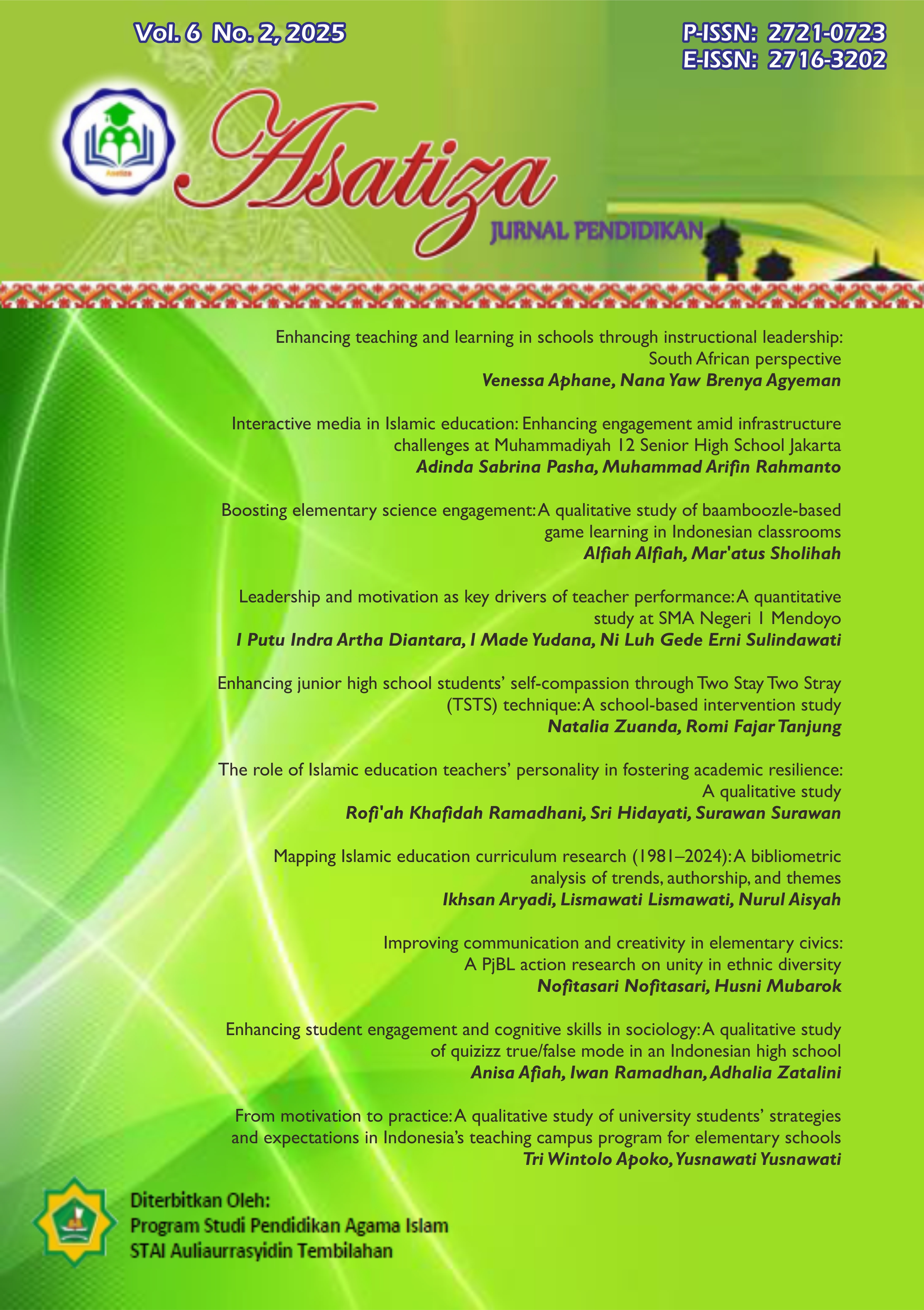




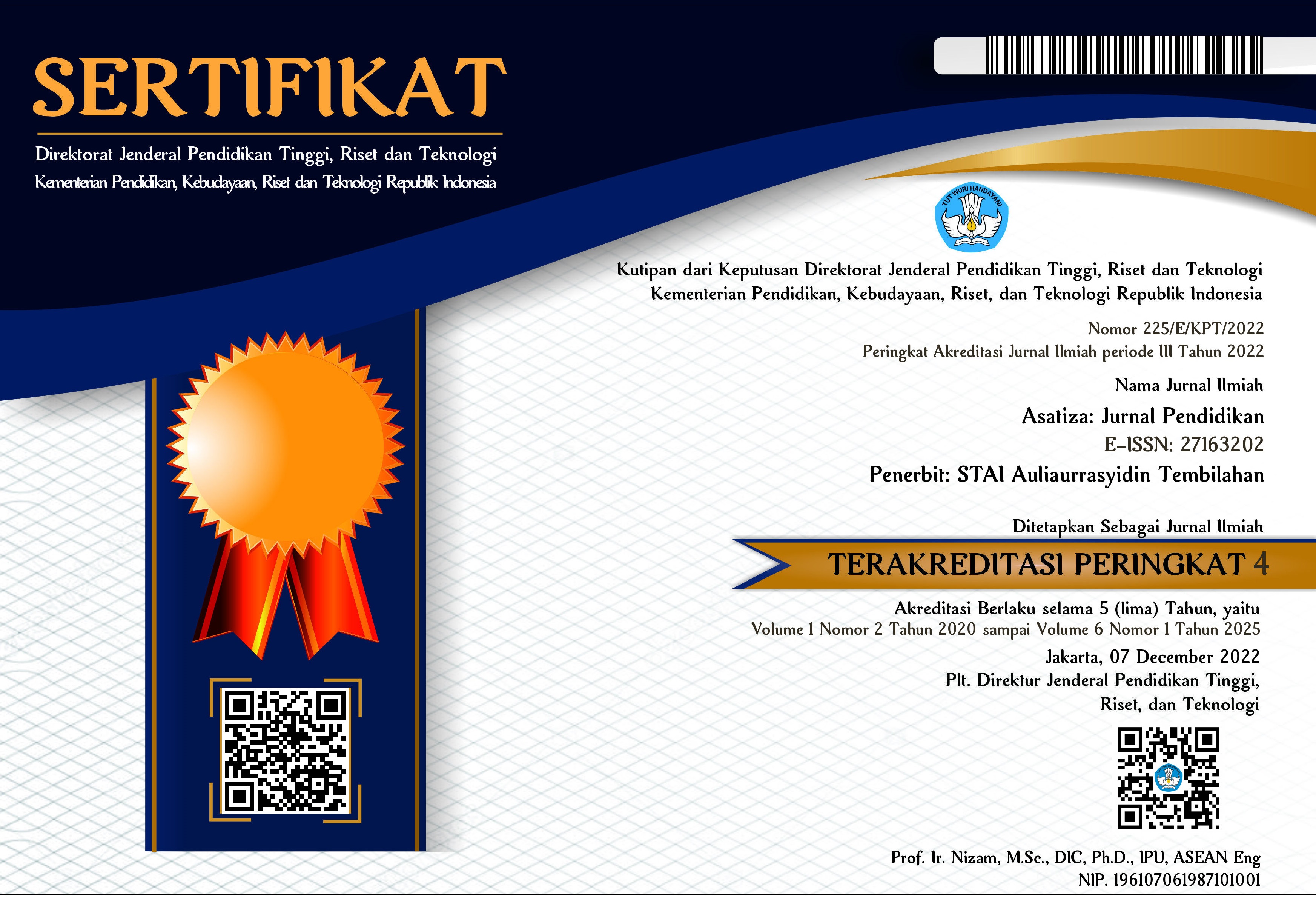


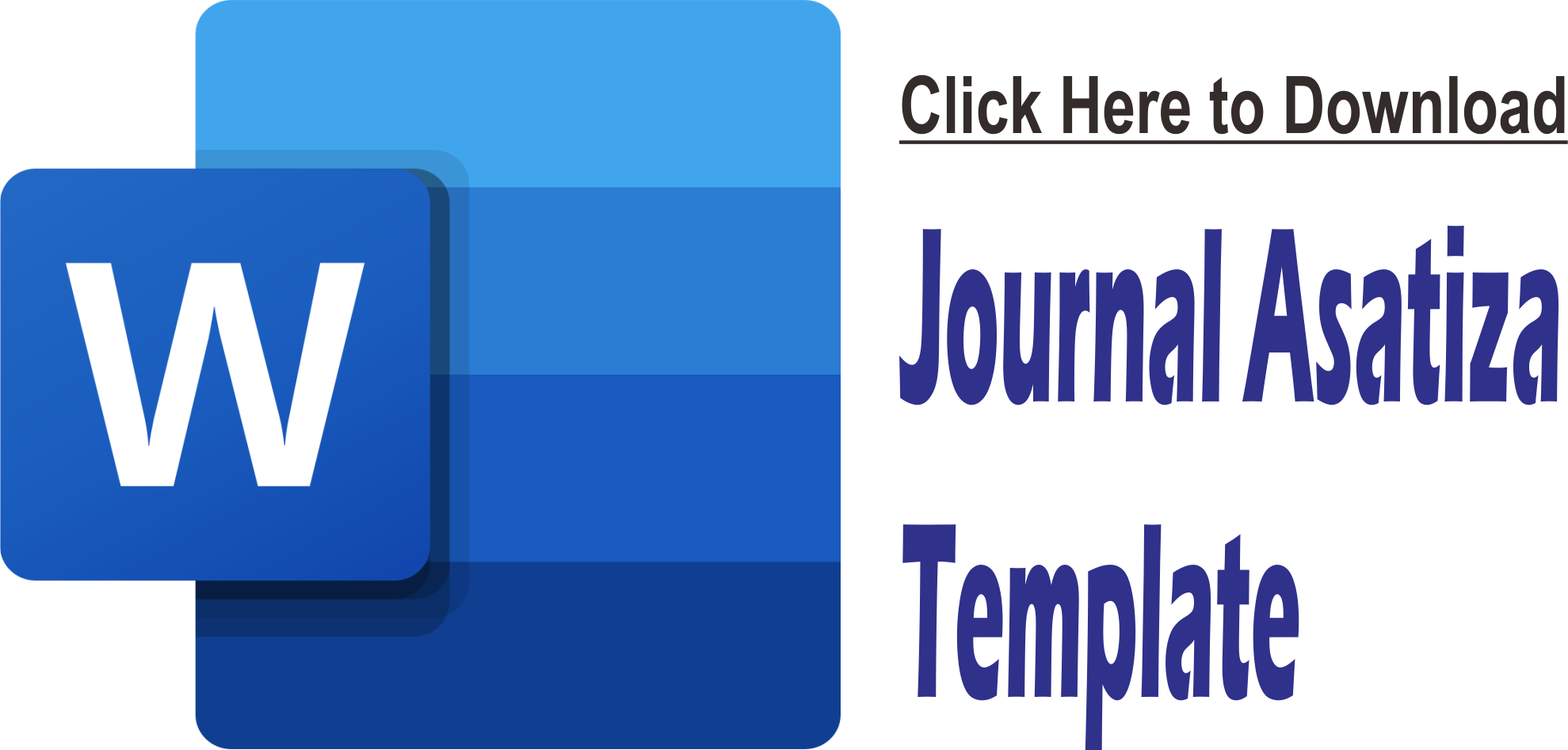
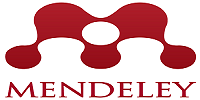
2.png)
